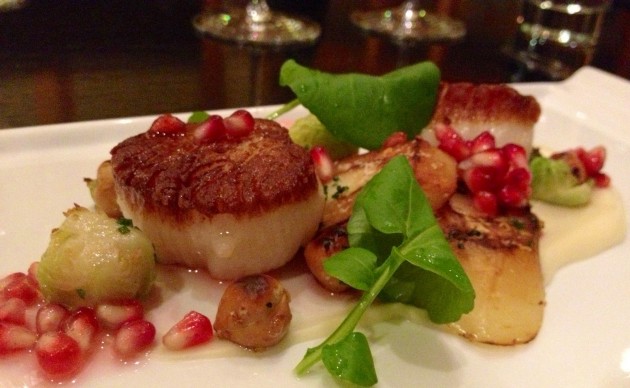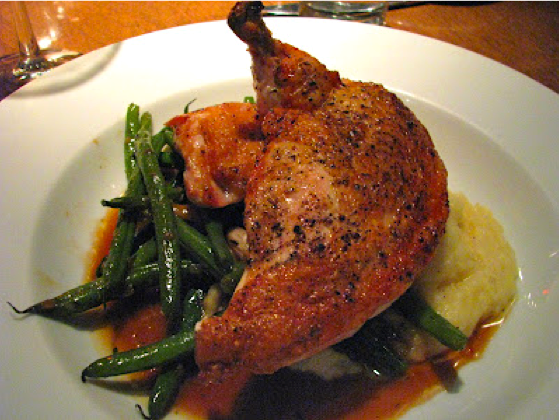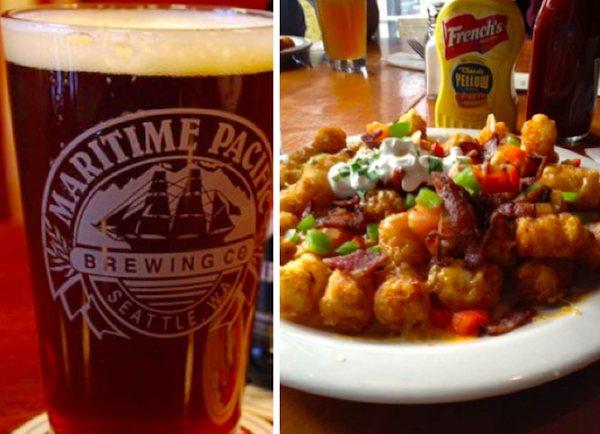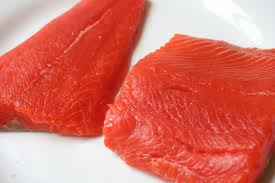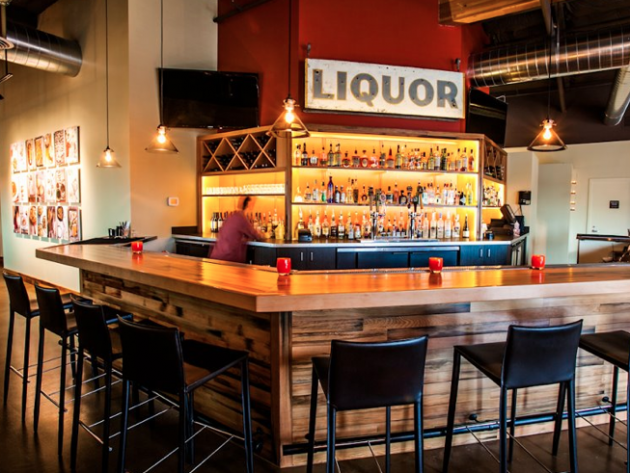Eating and drinking is a completely subjective encounter and should be based upon personal preference alone. However, Erin Thomas likes to eat, drink and share her opinion on finding your epicurean zen in Seattle-area dining.
Highly-evolved, stewarded cuisine finds its diners on humble local grounds.
Blocks from the tarmac at SeaTac Airport lies a staycation destination most Seattleites have only read about. Truth be told, it is near impossible to find via iPhone Maps as it is burrowed into gated communities, behind sleepy suburban ramblers and next door to a YMCA that serves as a landmark, the Cedarbrook Lodge has emerged onto the gastronomic scene – just a few miles further south than where the usual headliner lists its address. The property calls a restored wetland home, with 104 guest rooms filling up the 18 acre estate. All of the quarters are outfitted with floor-to-ceiling working windows, plush views of the estate city-marsh, lawns and ponds, as well as over-sized soaking tubs, terry-cloth bathrobes, specialty bath products and access to whatever else might be needed to unwind from urban life and into (somewhat) rural relaxation.
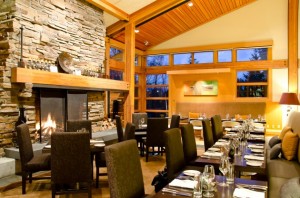 With love from TripAdvisor, Expedia and Gayot for the lodge itself, Copperleaf, the restaurant within, is garnering the press it deserves and, optimistically, the patron attention that will follow said media gushing.
With love from TripAdvisor, Expedia and Gayot for the lodge itself, Copperleaf, the restaurant within, is garnering the press it deserves and, optimistically, the patron attention that will follow said media gushing.
Dedicated to regional and sustainable fare, Copperleaf is led by kitchen elite Roy Breiman as culinary director and young, blazing star Mark Bodinet as executive chef. Breiman, who brought experience from several Michelin-starred restaurants in France as well as four-and-five-star eateries in the states, holds “sustainable food concepts” as the cornerstone of Copperleaf. With on-site composting, water reclamation and more, the lodge believes the notion adds to the overall dining experience.
Executive chef Bodinet, who came from Napa Valley’s celebrated French Laundry Restaurant, makes a point to emphasize the community aspect of the restaurant by strictly working with local, artisan purveyors (and if not, it is announced to you tableside) to bring “the best of the season to the table.”
The surgical precision used to operate in Bodinet’s kitchen is seen on the plate and tasted on the palate – not only is the chef building a collaboratively delicious display of eats for his diners to enjoy but he has designed a high-tech, high-concept and highbrow menu… Next to an obtrusive airfield that is completely toned out when dining. Although the title of “farm-to-table” is a touch over-hyped these days and heavy sophistication on the plate can end as simply busy, the team at the Cedarbrook Lodge and Copperleaf bring their fundamentals to life with finesse and skill.
Eating: Caramelized Diver Scallops ($28) — Buttered and browned scallops are laid to rest on a bed of roasted parsnips, Brussels sprouts and hazelnuts from Richland, Wash. with a pomegranate verjus (juice pressed from the seeds) as a base. The flavors of the dish are individually effusive (the unctuous and rich scallop, the sweet but piquant verjus, the roasted nutty tones) and yet are sympathetic to the other components of the dish, casino creating a healthy relationship of edibles on the plate.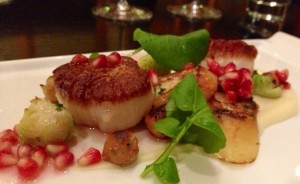
Drinking: Chardonnay — The white aristocrat of Burgundian wines, Chardonnay is actually a green-skinned grape that has many epithets depending on its region or country (including Chablis, Melon Blanc, Lisant and Sardone). It is the base and backbone to many sparkling wines around the globe (like Champagne) and is the second most widely planted grape in the world (No. 1 in Washington for whites, third overall). Malleable and neutral-toned, Chardonnay can be manipulated into whatever direction the winemaker wishes to take it in. Oak, twice-used oak, stainless steel, concrete – in a side by side tasting, Chardonnay will show remarkably different in each case. Although incredibly pliable, Chardonnay does have its definitive qualities. Apples, citrus, acid and width on the palate are more often than not characteristics of the wine – it’s the oak (or lack there of) that ends up calling the shots in the end. Scallops call for Chardonnay that either sees aging time in a barrel or goes through malolactic fermentation so the wine arrives with richness in tow (either buttery or creamy) that can run along side of the boisterous mollusk. Any remaining citrus tones induce a brightness to the hefty seafood, paralleling the pomegranate verjus and opposing the roasted flavors of the vegetables.
The Specifics: Domaine Drouhin 2010 “Arthur” Chardonnay ($30) — A long, cool vintage like the 2010 in Willamette Valley promises plenty of acidity in its fruit and lower alcohol levels so this Chardonnay from the banner winery, Domaine Drouhin, is exactly what this dish was seeking. The name sounds familiar because this is the Oregon branch of the legendary Maison Joseph Drouhin, legitimized with the Burgundian grape clones brought straight to the sight in 1961. Today, four members of the Drouhin family are the showrunners in Oregon, with every vintage since 1988 being handcrafted by head winemaker Véronique Drouhin-Boss.
Véronique, who also is the shot-caller at flagship Joseph Drouhin back in Burgundy, had this wine hand-picked and whole-cluster pressed (to gently extract juice and avoid astringent flavors/textures from the grape skins/seeds/stems) then fermented half in 30% new French oak barrels (ding, ding, ding!) and other half in stainless steel, making it all about the balance of fruit, brightness and textures.
The result is a rich and robust wine that reveals its softer side of melon, spice and Gala apples with a bolder edge of toasty, ripeness, finishing with acid that reminds you it is still there and why you are eating it with scallops.

